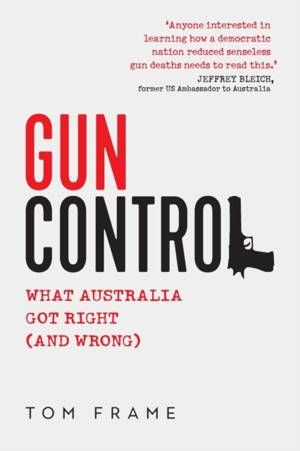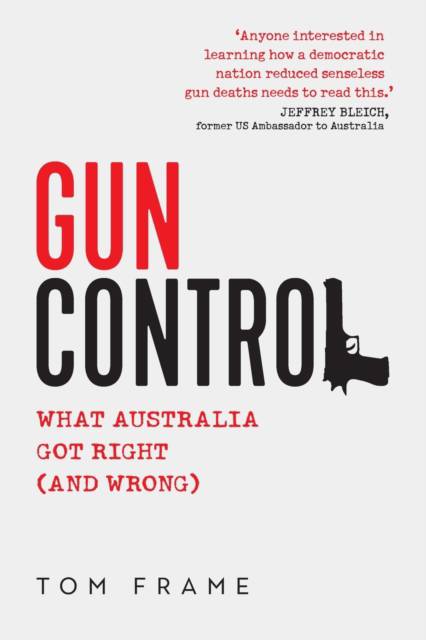
Je cadeautjes zeker op tijd in huis hebben voor de feestdagen? Kom langs in onze winkels en vind het perfecte geschenk!
- Afhalen na 1 uur in een winkel met voorraad
- Gratis thuislevering in België vanaf € 30
- Ruim aanbod met 7 miljoen producten
Je cadeautjes zeker op tijd in huis hebben voor de feestdagen? Kom langs in onze winkels en vind het perfecte geschenk!
- Afhalen na 1 uur in een winkel met voorraad
- Gratis thuislevering in België vanaf € 30
- Ruim aanbod met 7 miljoen producten
Zoeken
Omschrijving
In the aftermath of the Port Arthur massacre on 28 April 1996 - when a gunman murdered 35 people and injured another 23 at a popular Tasmanian tourist attraction - John Howard, a conservative prime minister who had been in office for just six weeks, surprised his colleagues and startled the nation by moving swiftly to transform Australia's lax firearm laws. The National Firearms Agreement, produced just twelve days after the massacre with support from all levels of government and across the political divide, is now held up around the world as a model for gun control. Gun Control analyses whether the Australian Government achieved its intention and what it might have done in response to the massacre, and didn't.
Specificaties
Betrokkenen
- Auteur(s):
- Uitgeverij:
Inhoud
- Aantal bladzijden:
- 240
- Taal:
- Engels
Eigenschappen
- Productcode (EAN):
- 9781742236346
- Verschijningsdatum:
- 1/12/2019
- Uitvoering:
- Paperback
- Formaat:
- Trade paperback (VS)
- Afmetingen:
- 155 mm x 234 mm
- Gewicht:
- 317 g

Alleen bij Standaard Boekhandel
+ 94 punten op je klantenkaart van Standaard Boekhandel
Beoordelingen
We publiceren alleen reviews die voldoen aan de voorwaarden voor reviews. Bekijk onze voorwaarden voor reviews.









